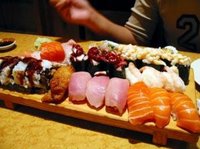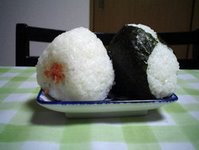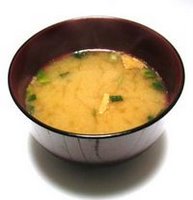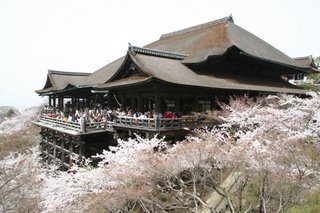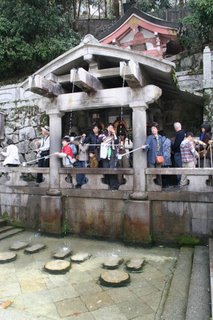Japanese Diet
Japanese Diet
Japan has some of the longest life expectancies in the world and the reason
being "The Japanese Diet"
The Japanese Diet Basics
- Miso Soup
- 1 cup white rice
- 1 egg
- Nori seaweed strips
- Green tea
Typical
Lunch
- Teriyaki fish
- Rice
- Asian greens
- Green tea
Typical Snacks
- Fuji Apple
Typical Dinner
- Chicken
- Rice
- Miso soup
- Sea vegetables with tofu
The Japanese achieve a lot of physical activity by simple actions such as
walking, climbing stairs and using a bicycle to run errands rather than relying
on motorized transport.
Eating Healthy Foods
is the Key
Japan has some of the longest life expectancies in the world and the reason being "The Japanese Diet"
The Japanese Diet Basics
Typical Lunch
Typical Snacks
Typical Dinner
The Japanese achieve a lot of physical activity by simple actions such as walking, climbing stairs and using a bicycle to run errands rather than relying on motorized transport.
